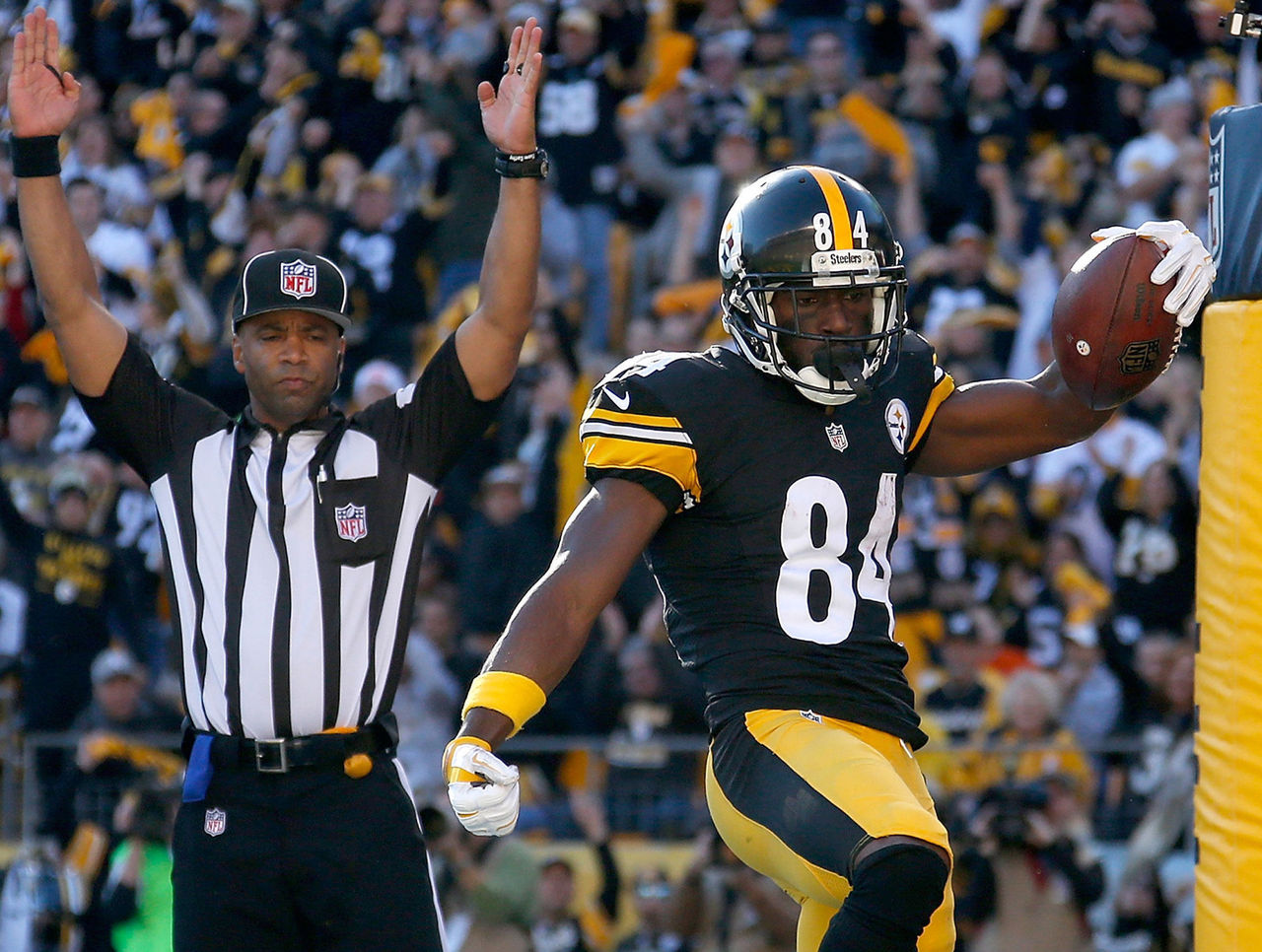How to dominate your Fantasy Football auction league
Fantasy football players each have their own favorite draft formats, but it's no surprise auctions are gaining in popularity.
Why allow yourself to be at the mercy of a pre-determined draft order when you can go into your league with a shot at any player you want? You know you have no chance of landing Pittsburgh Steelers WR Antonio Brown with the eighth pick in a standard draft; in an auction, he can be yours - if you're willing to spend up.
For those new to the format, each owner is given a set amount - generally $100, $150 or $200 - to spend on his or her roster. Players are "nominated" one at a time, and are awarded to the highest bidder. The process continues until every owner has a complete roster.
The process can be laborious; you're replacing the expediency of one owner making a pick with the potential of several players engaging in a lengthy bidding war. But as fans of the format will tell you, the increased unpredictability and fun factor of auction drafts make them well worth the time investment.
You can track down basic auction strategy fairly easily, so this post will instead focus on some higher-level tactics aimed at building the best possible team in redraft auction formats. These are merely suggestions, but they should provide some guidance when it comes time for the first player to be nominated on draft day.

Open Your Wallet
Leaving money on the table is a major no-no in auction formats - in fact, it's probably the worst thing you could do. It's primarily a rookie mistake, one which the majority of owners learn from in subsequent years.
Yet, it isn't enough to simply say "spend all your money"; it's also about how you spend. And even the most experienced auction participants wind up kicking themselves for failing to go the extra dollar for a player they really want. Don't make the same mistake.
Everyone knows Brown is one of the most sought-after players in fantasy. He's the No. 1 overall selection in the majority of straight drafts and might cost up to half your total budget in auction drafts depending on scoring format. And if you really want him on your team - and who wouldn't? - you need to be willing to open the vault and pay up for him.
When it comes to Brown, Atlanta Falcons WR Julio Jones, Minnesota Vikings RB Adrian Peterson and other elite skill players, you'll occasionally have to overpay to land them. And that's okay, if you believe that they'll be valuable roster anchors.

Know Your Enemy
It's always important to know the habits, preferences and tendencies of the other owners in your league, but it's especially critical in auction formats. Not only do you need to monitor your own team needs, but you need to be on top of every other team in the draft.
Building a fluid spreadsheet which allows you to track every roster and budget is an effective way to make sure you're fully aware of the draft landscape at all times. Auction drafts are incredibly fluid, and circumstances change with every player nominated and purchased..
It requires far more effort than simply keeping tabs on your own roster but it could pay off handsomely - particularly at the end of the draft, where you can use whatever budget surplus you have to load up on solid speculative adds ahead of owners who don't have the money to outbid you.

Be a Bold Bidder
Bidding in one-dollar increments is so 2005. Succeeding in auction formats is about being assertive when circumstances warrant - and you can help your cause significantly by using strong bids to make a statement.
You have a few options here. One is to nominate a player at an escalated opening salary, thereby eliminating owners who may be compelled to nickel-and-dime their way into the bidding. Throwing Dallas Cowboys WR Dez Bryant out for $20 as opposed to $5 will often scare any owner with casual interest into silence.
The more significant approach is to abandon incremental bid-ups in favor of tone-setting jumps. If Atlanta Falcons RB Devonta Freeman is sitting at $18, and you believe he's worth $30, then why not go right to $22? Or even $25? You may not get a big discount, but you increase your odds of chasing the other guys away.

Use Strategic Nominations
It may not seem like it, but the player nomination process is the most important part of the auction draft. Much has been written about how to approach your nominations, but there's really only one rule worth following: Make every one of your nominations count.
Some owners will only nominate players they want. Others will stick to players they don't want. It shouldn't be this black-and-white; the fluidity of the draft should always dictate your nominations, and it's on you to recognize when it's time to soak up salary - and when it's time to nominate someone you want.
Here's the simplest way to illustrate this: Let's say you're the only team without a starting quarterback. In this case, you should look for the best remaining option and nominate him on the cheap. The chances are great you'll land the desired player for close to the lowest possible price.
Conversely, let's assume you have your top two running backs locked in early, but you're concerned about how much money is left in play. By nominating the top RB on the board, you're sure to ignite a bidding war which should result in one player taking a major hit to his remaining budget.
This comes back to the need for tracking everything that goes on at the draft. The more thorough your knowledge of opposing rosters and budgets, the better equipped you'll be to make the best nominations each time out.